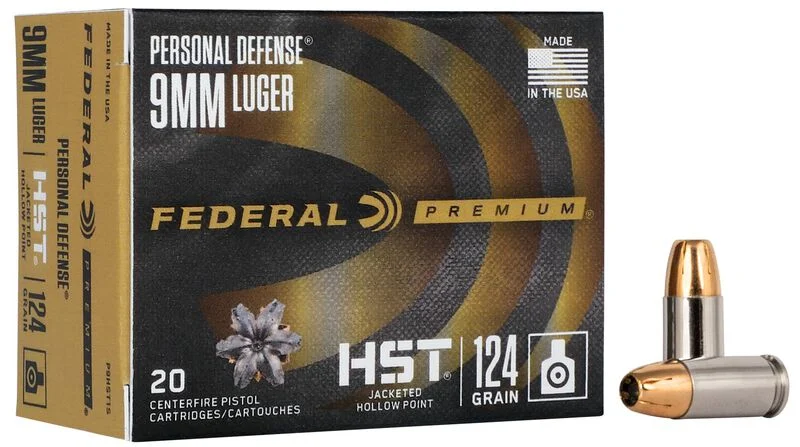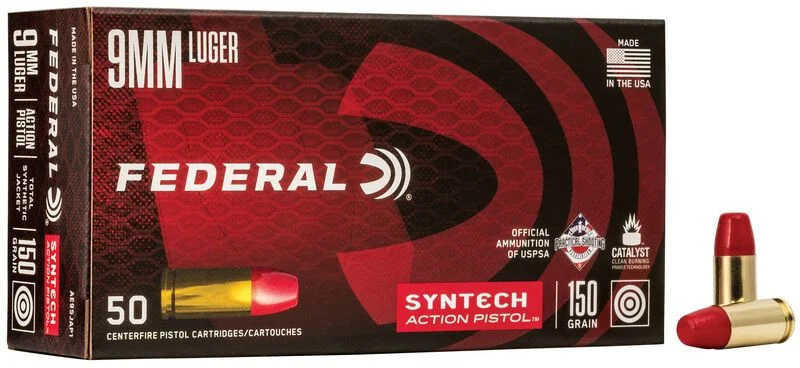Selecting and properly setting up a rifle scope can seem overwhelming for newcomers. This guide will walk you through the essential concepts and practical steps to help you make informed decisions about optics.
Understanding Basic Terminology
First, let’s decode the common specifications you’ll encounter. When you see something like “3-9x40mm,” here’s what it means:
- 3-9x: The magnification range (from 3 times to 9 times magnification)
- 40mm: The diameter of the objective lens (front lens)
The larger the objective lens, the more light it can gather, which is crucial for low-light conditions. However, larger isn’t always better – a bigger lens means more weight and typically requires higher mounting.
Choosing the Right Magnification
Your optimal magnification depends on your intended use:
- For close to medium range (under 200 yards), a 2-7x or 3-9x scope is typically sufficient
- For longer range precision work, you might want something in the 4-16x or 6-24x range
- Fixed power scopes (like 4x) offer simplicity and durability for specific applications
Remember: more magnification isn’t always better. Higher magnification means a smaller field of view, more susceptible to movement, and less light transmission.
Mounting and Eye Relief
Proper mounting is crucial for both accuracy and safety. Eye relief – the distance between your eye and the scope’s rear lens – is particularly important. Insufficient eye relief can result in the scope impacting your face during recoil.
Key mounting considerations:
- Use high-quality rings and bases rated for your rifle’s recoil
- Ensure proper torque on all mounting screws
- Consider getting your scope professionally mounted if you’re unsure
- The scope should be level relative to the rifle’s action
Basic Setup and Zeroing
Once mounted, your scope needs to be properly zeroed. Start at a close range (25-50 yards) to establish a basic zero before moving to your desired distance. Remember:
- Make sure the reticle is properly leveled before starting
- Adjust your eye relief and parallax (if available) before zeroing
- Make methodical adjustments and take good notes
- Confirm your zero at various distances
Care and Maintenance
Quality optics are an investment that require proper care:
- Keep lens covers on when not in use
- Clean lenses with proper optical cleaning materials only
- Store in a climate-controlled environment
- Check mount screws periodically for proper torque
Common Mistakes to Avoid
- Buying more magnification than needed
- Choosing budget rings for an expensive scope
- Overlooking eye relief requirements
- Over-tightening mount screws
- Using improper cleaning materials on lenses
Conclusion
Take your time in selecting and setting up your rifle scope. A properly chosen and mounted scope will serve you well for many years. Consider seeking help from experienced shooters or professionals if you’re unsure about any aspect of the setup process.
Remember: A high-quality scope with proper mounting is essential for accurate, safe shooting. Don’t rush the process, and always prioritize proper setup and maintenance.


















